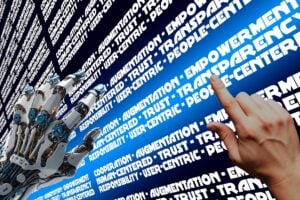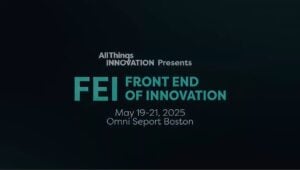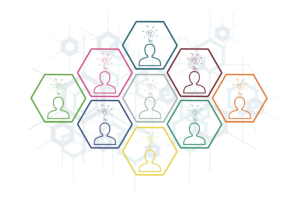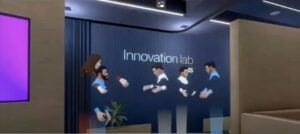Sanchez participated in and held two sessions at FEI 2024. This included “Uniting Changemakers: Unleashing Innovation Through Interdisciplinary Interactivity,” in which corporate changemakers discussed how to drive innovation forward within global corporate enterprise.
Plus, Sanchez held the session, “Mastering an Upfront R&D Strategy: An Innovation Culture Case Study.” She shared how tying strategy together with culture has always been a challenge. But the innovator must strike a balance between the need for growth, overall direction from leadership, mission critical information from stakeholders, insight from current customers and managing the team, all while leveraging contemporary methodologies for end-to-end innovation.
Sanchez relates, “At FEI, we have been talking a lot about the front end of innovation, transformational innovation, how do you create these breakthroughs, and how different that is from what you’re doing every day with sustaining innovation. More often than not, we grapple with it, and we realize that one of the most important aspects of being able to succeed in those spaces is creating the right culture of innovation in the organizations that we work with.”
Do you see a democratization of innovation happening in the corporate world?
“There is a lot of need for democratization of innovation because the pace of the world is accelerating rapidly,” says Sanchez. “What used to be two or three or four years’ worth of development time that you have is now one or two years of development time. There’s also a lot of geoeconomics and geopolitics going on, everything that we do from the design of the products and services that we have, to the supply chains, to the manufacturing systems, and so on.”
She adds, “The more we can take these innovation activities and move these innovation concepts from the top to the breadth of the organization, the better off we’re going to be because it’s the people on the front lines. The ones that are talking to the consumers every day, the ones that are designing the equipment, the ones that are creating the procurement systems that actually have the best ideas on how to innovate and do things better.”
Is there a growing trend of accessibility around innovation for both the team and for the employees of the company. Is that something that helps with breakthrough innovations? Or alternatively does that balance the short-term versus the long-term?
Sanchez observes, “I think flatter and flatter organizations with that balance between communication and connectivity and everything else are better positioned to actually have more capacity to do the innovation work. The role of leadership is really to set the vision, set the goals, and provide the resources to do the work and unleash the organization and let them go on the creation of the innovation that needs to happen.”
Through the lens of your experience with innovation, what is your outlook for the field in 2025 and beyond?
“The outlook for innovation is mostly balancing between what are very entrepreneurial approaches that today are very associated with small company startups, with the discipline, the power, and the rigor of the more traditional larger organizations,” says Sanchez. “If you can put those two things together, you get the best of both worlds and can move forward in innovation in an accelerated way. The way of the future is partnerships and collaborations. It will be harder and harder to continue to develop in-depth expertise on all of the areas that you need to be able to access and compete in order to create breakthrough innovation. And it’s through partnerships that you’re going to be able to have that level of expertise and depth.”
For more of the interview with Liza Sanchez, check out the video from FEI 2024.
Contributor
-

Matthew Kramer is the Digital Editor for All Things Insights & All Things Innovation. He has over 20 years of experience working in publishing and media companies, on a variety of business-to-business publications, websites and trade shows.
View all posts























































































































































































